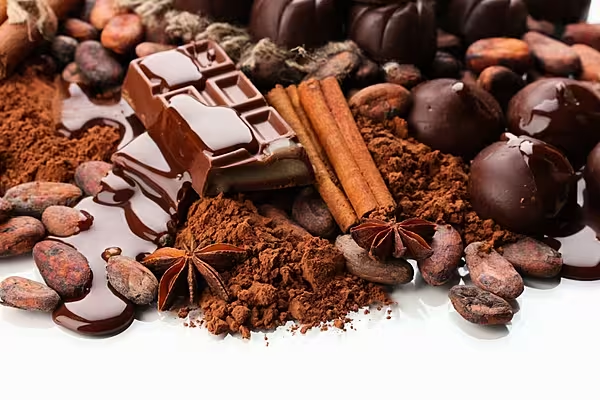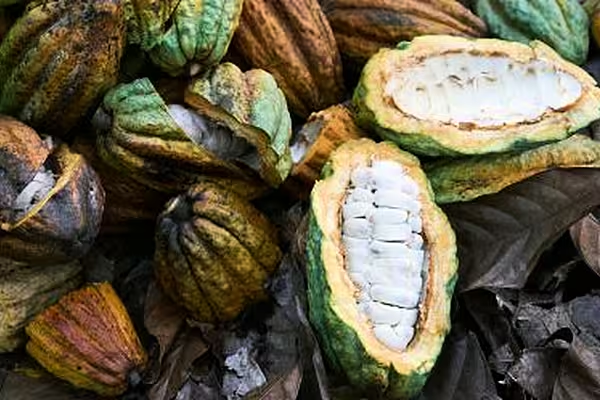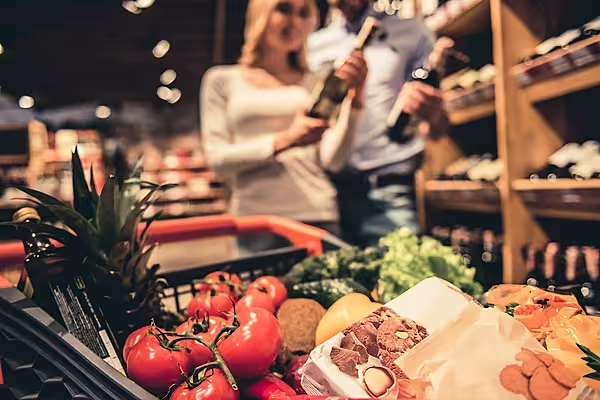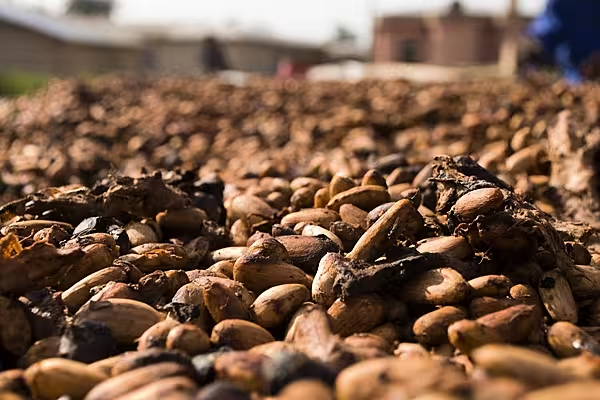Farmers in Ivory Coast's cocoa regions said on Monday more rain was needed to boost the April-to-September mid-crop following hot, dry weather last week and only patchy rainfall before that.
Ivory Coast, the world's top cocoa producer, is in its dry season, which runs from November to March, when rain tends to be scarce or light.
Farmers told Reuters that harvesting for the main crop, which ends in March, was down and that their focus had turned to the mid-crop.
They said there were plenty of flowers and cherelles on trees but that more moisture was needed to ensure that the beans would fully develop.
"There are fears that the beans will be small starting in February because it continues to be very warm and there have not been good rains," said Severin Koffi, who farms near the centre-western region of Daloa, which produces one-quarter of Ivory Coast's cocoa.
Data collected by Reuters showed rainfall in Daloa, which includes the region of Bouafle, was 1.4 millimetres (mm) last week, 1.2 mm below the five-year average.
Similar conditions were reported in the central regions of Bongouanou and Yamoussoukro, in the southern region of Agboville and in the eastern region of Abengourou.
'Remained Optimistic'
Although rainfall was below average in the western region of Soubre, which lies at the heart of the cocoa belt, farmers remained optimistic for the mid-crop.
"There are flowers and cherelles on the trees. We don't see any damage yet. So we think that the (mid-crop) will go well," Salame Kone, who farms near Soubre.
Data collected by Reuters showed there were 2.2 mm of rain last week in Soubre, which includes the regions of Sassandra and San Pedro, 1.6 mm below the five-year average.
Farmers predicted a good start to the mid-crop in the southern region of Divo, where rainfall was 4.1 mm last week, 1.1 mm above average.
Temperatures on average ranged from 26.54 to 29.68 degrees Celsius.
News by Reuters, edited by Donna Ahern, Checkout. Click subscribe to sign up for the Checkout print edition.









